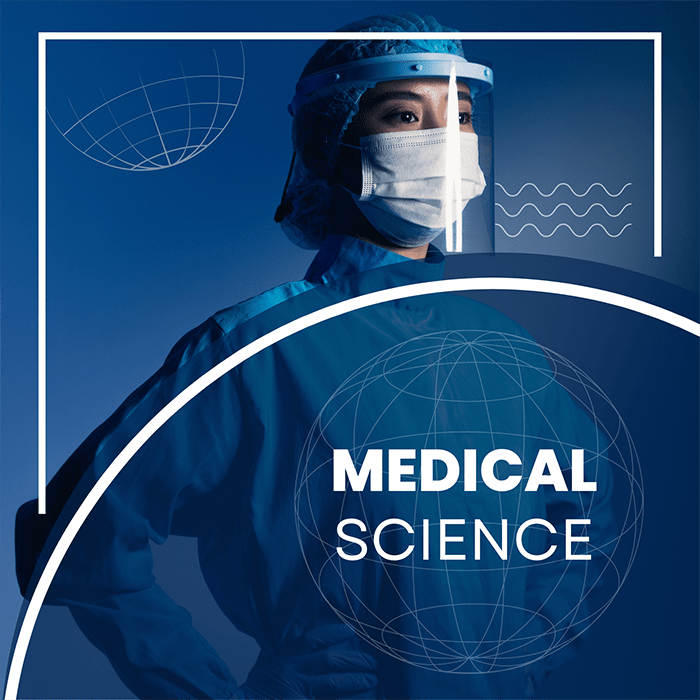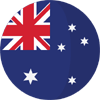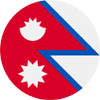APPROVAL AUTHORITIES

NMC
Approval authority for medical colleges and Paramedical Science in India
DCI
Approval authority for dental colleges and dental education in India
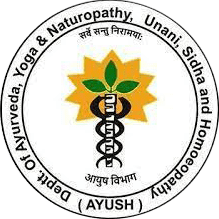
Ayush
Approval authority for ayurvedic colleges and Ayush education in India
PCI
The regulatory authority to strengthen the pharmacy education in India
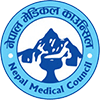
NMC
Regulatory body for approval and management of Paramedical Science in Nepal
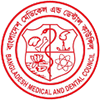
BMDC
A statutory body to maintain Paramedical Science standards in Bangladesh

CMB
An authority to regulate Paramedical Science and research program in China
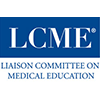
LCME
A sponsored body to regulate medical schools in the United States and Canada
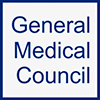
GMC
Regulates and sets medical standards in the medical schools in the UK.
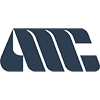
AMC
The Regulatory body to accredit medical schools, education & doctors in Australia





